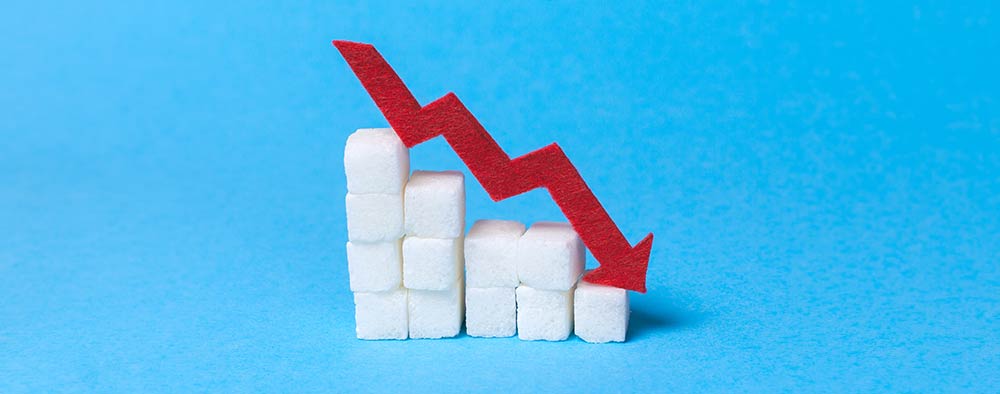Smells Like Trouble: The Hidden Health Risks Lurking in Your Favorite Candles 🕯️
There’s something magical about walking down a candle aisle—each scent is like opening a tiny time capsule of memories. Maybe it’s the warm nostalgia of grandma’s kitchen at Christmas, or the fresh ocean breeze that reminds you of summer vacations. My personal fave? The WoodWick candles with that cozy crackling fire sound—almost like your fireplace is whispering, “relax, friend”. But here’s the kicker: while we’re sniffing and swooning, are these comforting aromas quietly stirring up trouble in our bodies? Could your beloved WoodWick, as charming as it is, be impacting your health without you even realizing it? Let’s pull back the curtain (or, should I say, lift the wax?) and find out. 🕯️💨
The Sweet Smell of Danger: What’s Really in Your Candle?
Candles are made to delight our senses, but behind that delightful scent, there may lurk some less-than-delightful compounds. Research shows that burning certain candles—especially those made with paraffin wax, synthetic fragrances, and lead-core wicks—can release volatile organic compounds (VOCs), particulate matter, and even potentially harmful chemicals such as benzene and toluene into your home air (Jalali et al., 2023; Wang et al., 2021).
Think of VOCs like the sneaky smoke from a campfire—harmless in tiny doses outdoors, but trapped in a living room? That’s when your lungs start to pay attention. Some studies have linked long-term exposure to these compounds with respiratory issues, headaches, and even subtle effects on cardiovascular health (Shin et al., 2025; Wang et al., 2014).
Why Our Noses Don’t Always Tell the Truth
Here’s the quirky thing: our sense of smell can be deceiving. Just because a candle smells of “fresh linen” or “pumpkin spice” doesn’t mean it’s harmless. Your nose might be registering the fragrance like a fine wine, but your lungs and bloodstream are silently noting each tiny molecule of VOCs and particulate matter. One study found that indoor exposure to scented products could increase inflammation markers in the body, which is the same kind of inflammatory response linked to chronic diseases like asthma and heart problems (Rosa et al., 2025).
It’s like enjoying a decadent slice of cake and realizing later you might have eaten a little more sugar than your body bargained for—pleasant in the moment, sneaky in the aftermath.
Paraffin vs. Beeswax vs. Soy: Candle Chemistry 101
Not all candles are created equal. Here’s the lowdown:
- Paraffin wax: The most common and inexpensive type. But when burned, it can emit some of the harmful VOCs mentioned above.
- Beeswax candles: Natural, subtle scent, burns cleaner. Bonus: beeswax emits negative ions, which some research suggests may help remove pollutants from the air.
- Soy candles: Plant-based and usually cleaner than paraffin. Often blended with fragrance oils—so still check for synthetic scents.
The key takeaway? Choosing natural wax and good-quality wicks can significantly reduce your indoor exposure to harmful particles (Wang et al., 2021; Shin et al., 2025).
Tips for Burning Candles Safely (Without Killing the Cozy Vibe)
Here’s where practicality meets pleasure: you don’t have to give up your candle obsession.
- Opt for natural waxes and cotton or wood wicks – less soot, fewer chemicals.
- Keep your space ventilated – crack a window or run a fan to keep fresh air circulating.
- Trim the wick – shorter wicks produce less smoke and reduce the chance of tiny soot particles floating around.
- Limit burn time – under 3–4 hours at a stretch is ideal.
- Consider essential oils or unscented candles – enjoy the glow without the extra chemical load.
Even small changes can make your candle time safer while still keeping it cozy. Think of it like putting sunscreen on before enjoying the beach—you still get the fun, minus the risks. 🌞
When Scents Trigger More Than Memories
For some, scented candles aren’t just a cozy luxury—they can trigger allergic reactions, headaches, or asthma flares. According to research, inhaling certain synthetic fragrances can worsen respiratory symptoms in sensitive individuals, especially children and older adults (Shin et al., 2025; Rosa et al., 2025).
It’s not all doom and gloom, though. Many people can safely enjoy candles by choosing natural options, keeping their space ventilated, and limiting exposure time. Your brain and senses still get that little “ahhh” moment when the room smells like vanilla pumpkin spice or crackling fires—without the extra stress on your body.
Beyond Candles: Mindful Home Fragrancing
Candles are just one piece of the puzzle. Essential oil diffusers, incense, and plug-in air fresheners all contribute to indoor air quality. Being mindful about fragrance use can help keep your home safe and inviting. Consider these practices:
- Rotate scents instead of burning continuously.
- Combine natural fragrances with ventilation.
- Be aware of how household fragrances affect children, pets, and anyone with sensitivities.
In short, smell the candles, enjoy the memories—but give your lungs a little love, too. 💛
Final Thoughts: Balancing Cozy and Careful
Candles bring joy, warmth, and comfort, but just like that extra slice of pie, moderation is key. By choosing natural waxes, keeping wicks trimmed, limiting burn times, and ventilating your space, you can enjoy the cozy candlelight while protecting your health.
Remember: your home can smell heavenly without secretly clouding your indoor air. Burn smart, sniff safe, and let those crackling WoodWick flames keep delivering comfort—without the sneaky risks. 🔥🕯️
Sources
Jalali, M., et al. (2023). Exposure to indoor air pollutants from scented products and associated health outcomes. Journal of Research in Environmental Health, 7(3), 261–272. https://jreh.mums.ac.ir/article_26106_en.html?lang=en
Rosa, M., et al. (2025). Indoor air pollution and public health: The hidden risks of scented products. Frontiers in Public Health, 13, 1678549. https://www.frontiersin.org/journals/public-health/articles/10.3389/fpubh.2025.1678549/full
Shin, J., et al. (2025). Particulate matter and VOC emissions from home fragrance products: Implications for indoor air quality. Scientific Reports, 15, 95010. https://www.nature.com/articles/s41598-025-95010-0
Wang, X., et al. (2014). The effect of paraffin candles on indoor air quality. Science of the Total Environment, 482–483, 123–130. https://www.sciencedirect.com/science/article/abs/pii/S0273230014000348
Wang, Y., et al. (2021). Health implications of indoor candle use: VOCs and particulate emissions. Environmental Research, 197, 111–125. https://www.sciencedirect.com/science/article/pii/S0160412021002154





